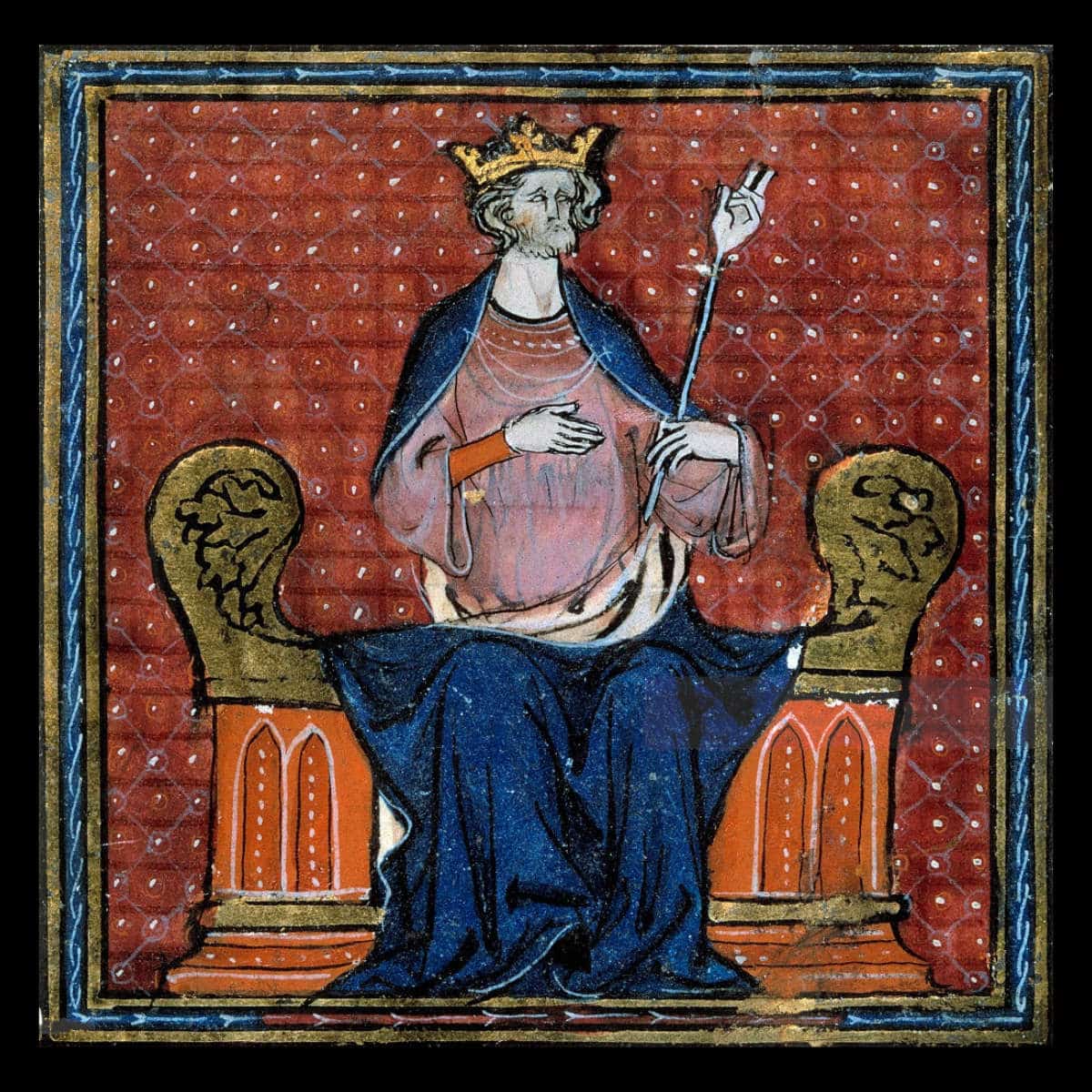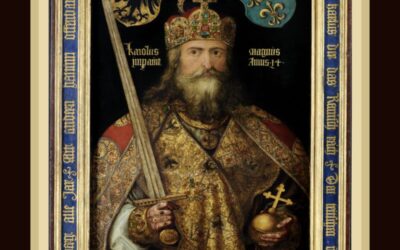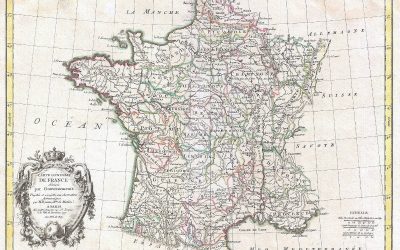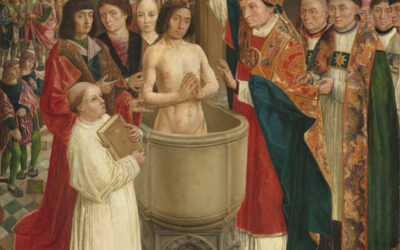Ah, Hugh Capet, the dashing King of the Franks, whose name still rolls off of the tongue as the 1st King of France! Born in the 10th century, the fellow had a knack for claiming the crown. Even though he was the son of a mere duke.
Hugh’s ascension to the throne was a bit like winning the medieval lottery. Indeed, he managed to fight off all of Emperor Charlemagne‘s other descendants to rule over the land of berets and baguettes.
Hugh Capet was himself a descendent of Charlemagne, but through the female line which at the time was generally disregarded. But with Charlemagne’s other descendants fighting amongst themselves, Hugh Capet got himself elected to the throne.
It is said that Hugh’s coronation was so low-key, it isn’t even entirely clear what took place. No fuss, no frills, just a simple ceremony that marked the start of what historians regard the beginnings of modern France.
So great were his stratagems, the Capetian dynasty was eventually named after him. The House of Capet would go on to rule France for centuries until the monarchy was finally abolished in the 19th century.
So let’s have a look at some facts and the biography of Hugh Capet, King of the Franks, shall we? Allons-y!
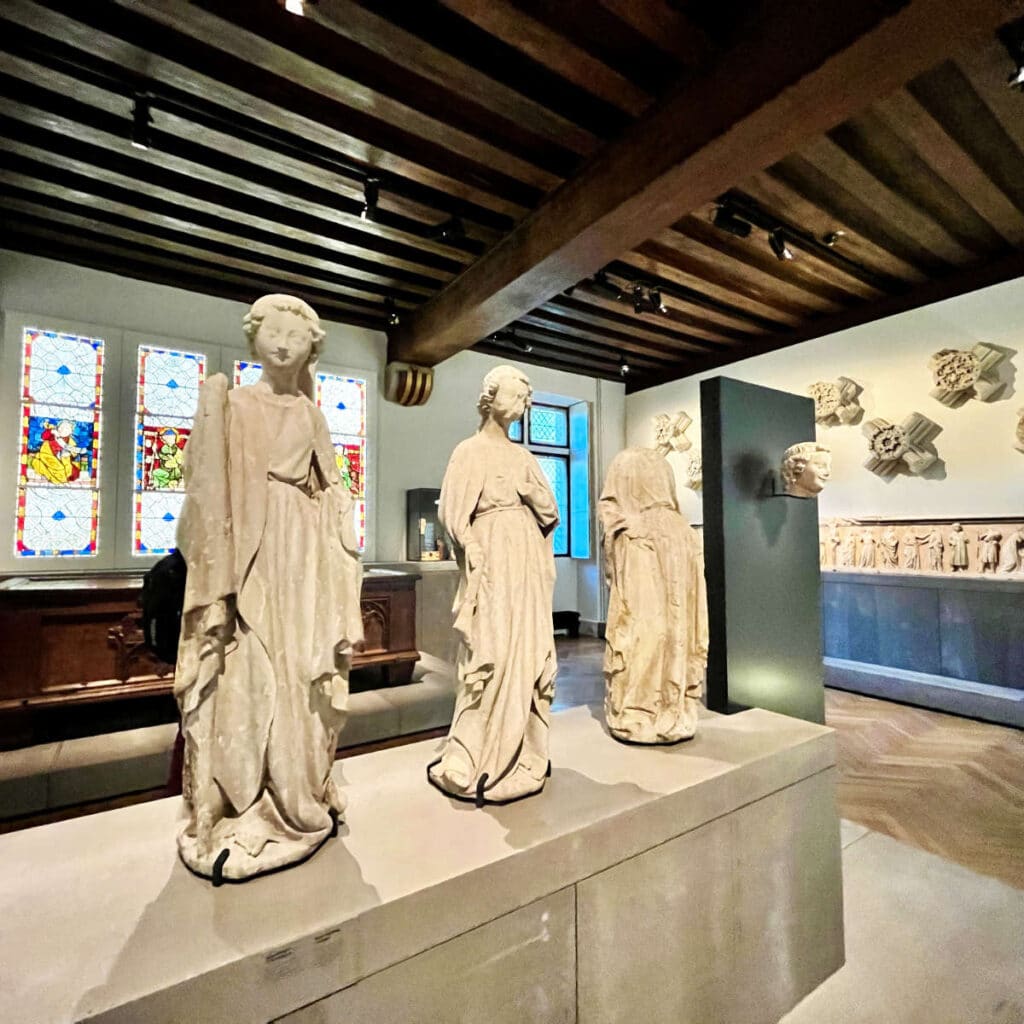
| Quick facts | |
|---|---|
| Birth: | around 940 AD in West Francia |
| Death: | 24 October 996 at age of 56, in Paris, France |
| Parents: | Father Hugh the Great, Duke of the Franks Mother Hedwige Liudolfing of Saxony |
| Reign: | King of the Franks (1 June 987 – 24 Oct 996) |
| Marriage and kids: | Adelaide of Aquitaine with whom he had 3 children |
| Famous for: | First King of the Franks, which would evolve into the country of France |
1. He was born in 941 in the city of Noyon, France.
It is believed that Hugh Capet was born on 3rd July, 941 in the royal town of Noyon in what had become West Francia after the death of King Charlemagne.
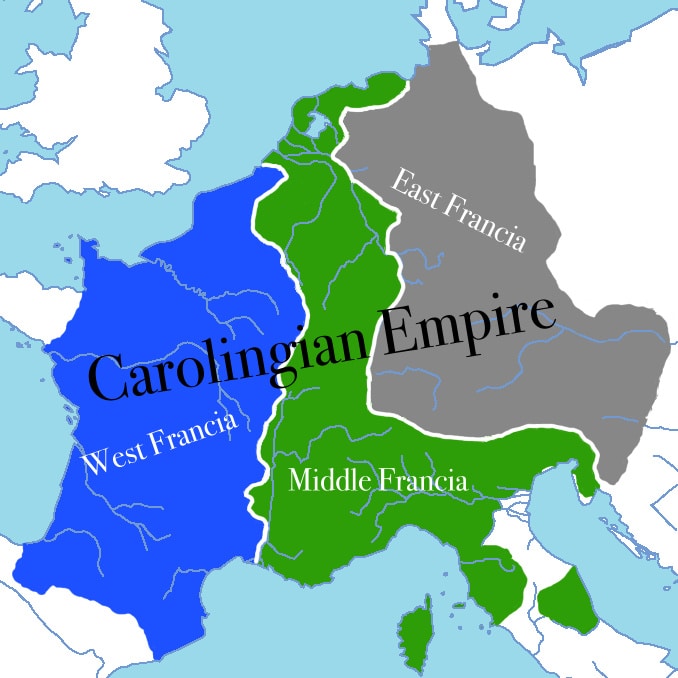
His father was Hugh the Great, Duke of the Franks, and his mother was Hedwige of Saxony, daughter of the German King Henry the Fowler.
This was a family with deep roots in nobility and power with a familial connection to both the Franks and the Saxons. Through his mother, Hugh was the nephew of Otto I, Holy Roman Emperor and through his father, he was connected to Robert the Strong.
In addition, Hugh’s paternal grandmother Beatrice of Vermandois was the great-great grandaughter of Emperor Charlemagne.
2. He had two brothers and two sisters.
Hugh was 2nd child but the eldest son in a family of 5 children. His siblings would go on to powerful positions themselves:
- Béatrice, married to Frederick I, Count of Bar and Duke of Upper Lotharingia;
- Emma, married to Richard I, Duke of Normandy;
- Otto, Duke of Burgundy;
- Eudes-Henri, Duke of Burgundy.
3. His father died when he was 15 years old.
Hugh Capet’s father died when Hugh was 15 years old in 956AD, leaving him as his heir. At the same time on the throne was Lothair of France, the new king of the Franks, who had succeeded Louis IV in 954, at the age of 13.
This left Hugh’s maternel uncle Otto I, King of Germany, in a position of power over much of West Francia (later France). Otto appointed his brother Bruno, Archbishop of Cologne and Duke of Lorraine, to be guardian to Hugh and King Lothair, who were both 15 years old.
4. He comes of age as the powerful Duke of the Franks.
Hugh’s uncle King Otto I died in 965 when Hugh was 24. Hugh and Lothair soon formed an alliance and began attacking Otto II, Otto I’s son and successor.
They even managed to attack Aachen (Aix-la-Chapelle), the historic capital of Charlemagne. In 986, King Lothair died suddenly in Laon at the age of 44.
Lothair’s 21-year-old-son, Louis V, died a few months later from a fall while hunting in the Forest of Halatte near the town of Senlis, Oise. Louis did not have an heir.
Hugh Capet, Duke of the Franks, was now the most powerful noble in the kingdom, much to his own and everyone else’s surprise.
6. He married Adelaide of Aquitaine.
In order to strengthen his position and forge vital alliances, Hugh Capet had married Adelaide of Aquitaine in 969.
Adelaide was the daughter of William III, Duke of Aquitaine and Adele of Normandy, daughter of the powerful Viking Rollo of Normandy. (Rollo was also the common ancestor of a certain future William the Conqueror.)
7. He was elected as King of the Franks in 987AD.
In 987, upon the death of King Louis V, the throne of the Franks was available with Hugh Capet and his rival Charles of Lorraine, the Carolingian heir competing.
The archbishop of Reims convened the most powerful lords of France at Senlis and denounced Charles of Lorraine being a vassal of emperor Otto II, and campaigned in favor of Hugh.
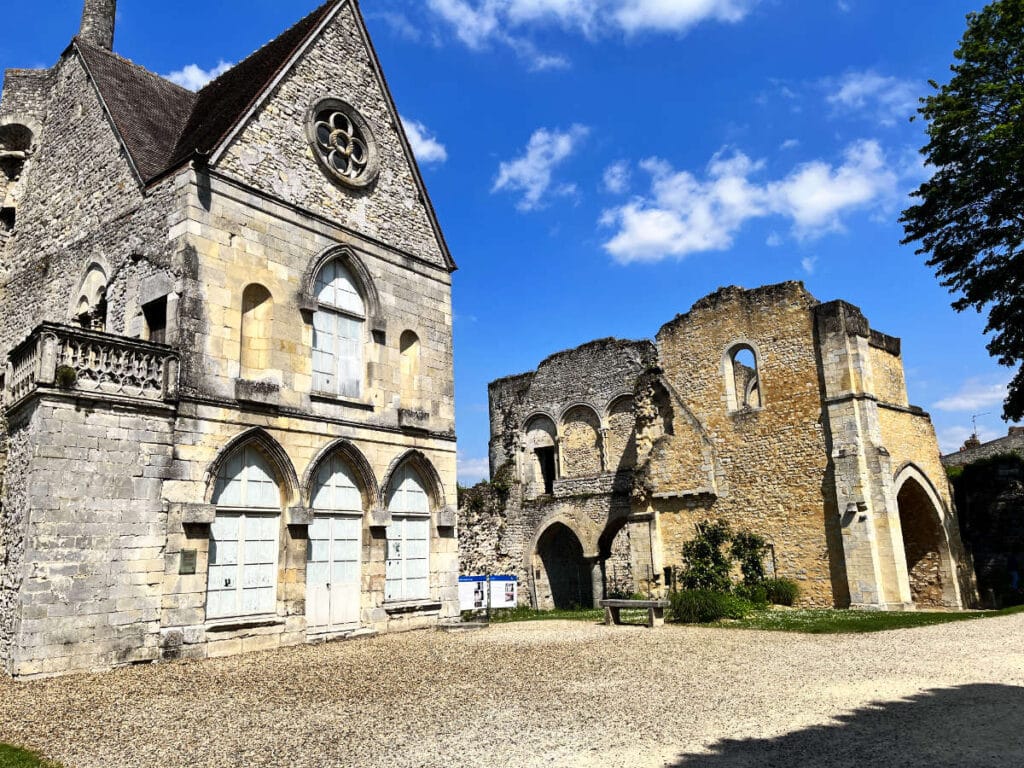
Hugh Capet was elected King in 987 by the nobles, and later crowned in Reims (religious ceremony) and Noyons (secular ceremony.) This historic event was the birth of the Capetian dynasty.
8. He had three children.
King Hugh Capet and Queen Adelaide had three children together:
- Hedwig, Countess of Mons (or Hadevide, or Avoise)
- Robert II, the future king of France. Crowned co-king in 987, in order to consolidate the new Capetian dynasty.
- Gisèle, Countess of Ponthieu.
9. He made Paris his capital.
Following the footsteps of 5th century King Clovis, Hugh Capet returned to Paris to make that his powerbase, as opposed to Aachen or Reims. He returned to Ile de la Cité and turned the old fortress into a royal palace.

The walls of Palais de la Cité (Conciergerie) were reinforced, gates constructed, and large halls added, as the palace became the seat of administration.
This return to Paris, making it his capital of France, is why Hugh Capet’s reign is considered the start of modern France.
10. He died at the age of 56 in 996AD.
Hugh Capet died on 14 October 996 in Paris, and was interred in the Saint Denis Basilica, the traditional burial site for French kings.
His son Robert II continued to reign. Hugh Capet’s reign laid the foundation for the centralized authority of the French crown. It marked the establishment of a hereditary monarchy, consolidating power under the King.
11. His descendants continued the Capetian dynasty with many branches.
The Bourbons, Orleans and Valois are all branches of the Capetian dynasty which is one of the oldest royal houses in Europe. The last King of the Capetian dynasty in France was King Charles X who died in exile in 1836.
With so much intermarriage among the European royals however, Hugh Capet’s Bourbon descendants still sit on the thrones of Spain and Luxembourg. In addition, his branches of his descendants still are in the wings as pretenders to the French throne.

If you enjoyed that article you may like to read more about French history. A bientôt!
